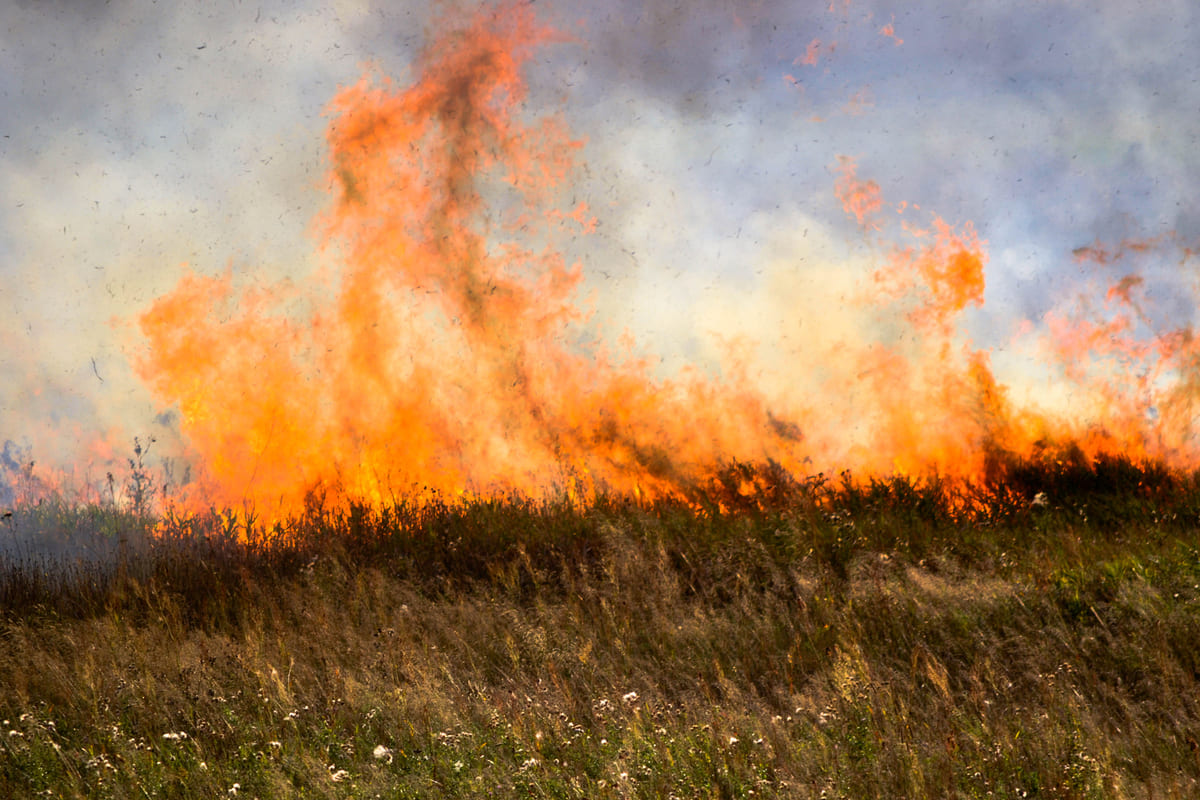
In 2024, wildfires in Brazil devastated an area equivalent to the size of Italy—30.8 million hectares in total. This marks a 79% increase compared to 2023, according to data from MapBiomas. Most of the fires occurred in the Amazon, driven largely by agribusiness interests and illegal land expansion for cattle ranching.
Wildfires in Brazil: Worst in Five Years
The area burned in 2024 represents the highest figure recorded since 2019, during the presidency of Jair Bolsonaro, who was closely aligned with the interests of large landowners. However, in terms of individual fires, 2024 broke all records. Wildfire incidents increased by 42% compared to 2023, with 140,328 fires detected—the highest number in 17 years.
The Amazon rainforest, the largest tropical rainforest in the world, accounted for 58% of the burned area. For the first time, more hectares of forest (8.5 million) were destroyed by fires than grasslands. This statistic, however, must be viewed alongside deforestation data. Despite the fires, deforestation decreased by over 30% between August 2023 and August 2024, according to Brazil’s National Institute for Space Research (INPE).
The Lula Administration’s Mixed Results
This mixed outcome highlights both the progress and the challenges of President Luiz Inácio Lula da Silva’s policies. Lula, who will host the COP30 climate summit this year, has made the fight against deforestation a top priority in his agenda. Since early 2023, his administration has achieved notable results, reversing the trends seen under Bolsonaro.
However, while deforestation is driven by various economic sectors, wildfires are largely caused by farmers and ranchers illegally expanding their land. This remains an area where Lula’s administration has yet to find an effective solution. The president has referred to those starting the fires as committing acts of “climate terrorism,” but concrete measures to curb the problem have so far lacked the necessary impact.